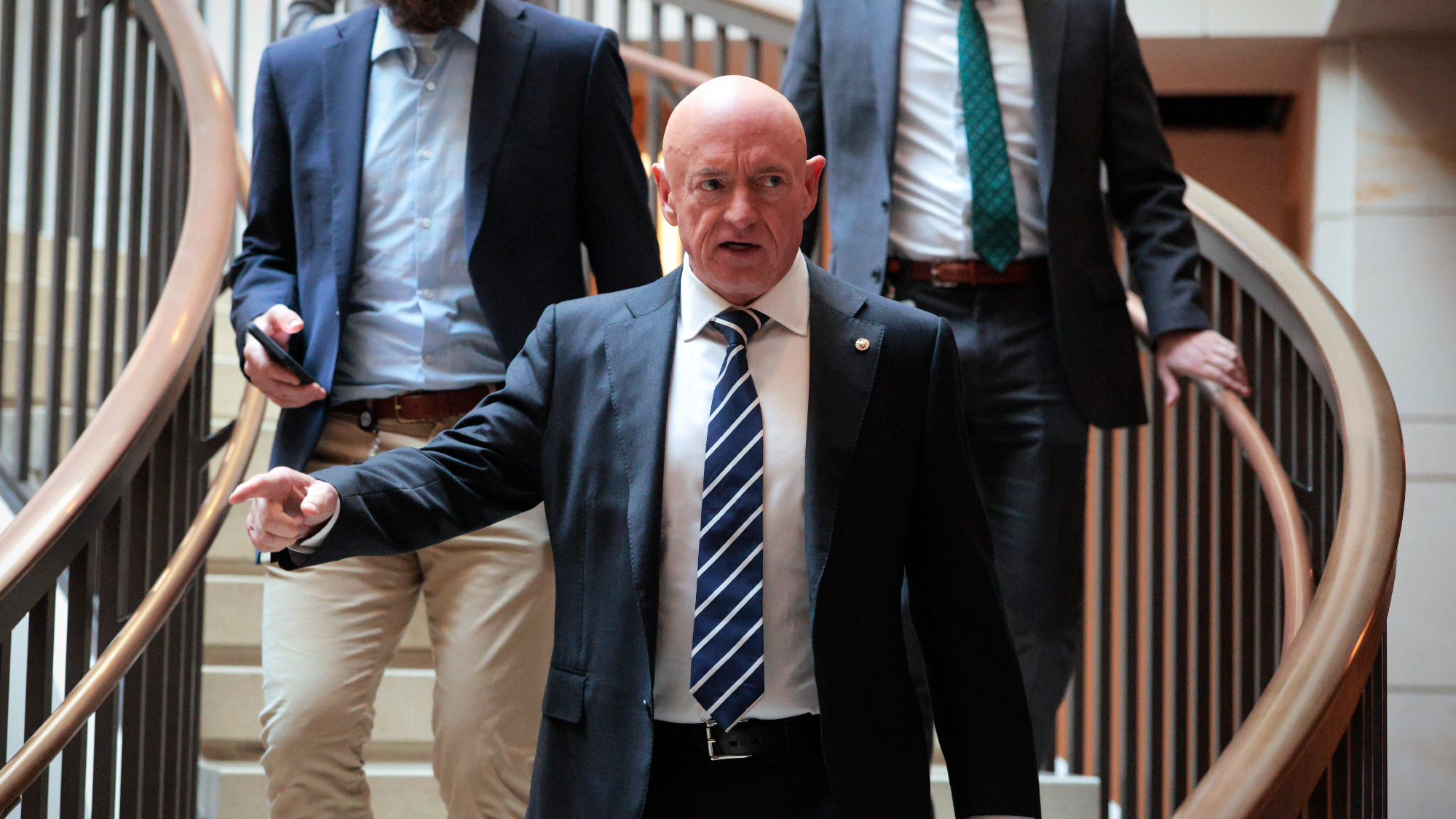College costs: The numbers keep getting bigger
College just keeps getting more expensive, said Justin Pope in the Associated Press.
College just keeps getting more expensive, said Justin Pope in the Associated Press. College costs rose faster than the inflation rate again this year, with the College Board finding that average tuition increased 6.6 percent, to $6,185, at public schools and 6.3 percent, to $23,712, at private schools. At George Washington University, in Washington, D.C., tuition and room and board now tip the scales at more than $50,000. Since financial aid can greatly reduce the sticker price of a college degree, these published prices are often meaningless. But financial aid, too, has failed to keep pace with the rise in college costs. “The net price for full-time students at four-year public universities” is actually up 6.2 percent this year, compared to about a 4.4 percent net increase faced by students at private universities. Prospects may not be much better for the future, and one reason is the stock market, said Alison Damast in BusinessWeek. Many schools use investment earnings from their endowments to bolster financial aid packages, and over the past several years, stellar investment returns have helped counteract higher education’s everincreasing costs. It’s not clear how much market fluctuations will affect college endowments, but “if those returns suffer, those relentless tuition bills could edge even higher.” Though public schools often have endowments, private schools “tend to have the lion’s share of endowment funds,” with assets averaging $82,700 per student. When selecting among schools, take a look at their investment portfolios. Some parents of college-age students have begun to seek professional financial help, said Elizabeth F. Farrell in The Chronicle of Higher Education. “Five years ago, the National Institute of Certified College Planners, an organization that licenses college- planning professionals, did not exist.” Now the group has 1,200 registered members, who help with everything from devising a savings plan to shopping for a school to applying for financial aid. Their clients typically have household incomes between $50,000 and $150,000. “Even though these families tend to be financially savvy, they have discovered that working with a specialized professional can mean the difference between qualifying for financial aid and being expected to pay the full sticker price.” For many families, that translates to thousands of dollars in savings.
A free daily email with the biggest news stories of the day – and the best features from TheWeek.com
The Week
Escape your echo chamber. Get the facts behind the news, plus analysis from multiple perspectives.

Sign up for The Week's Free Newsletters
From our morning news briefing to a weekly Good News Newsletter, get the best of The Week delivered directly to your inbox.
From our morning news briefing to a weekly Good News Newsletter, get the best of The Week delivered directly to your inbox.
-
 ‘If regulators nix the rail merger, supply chain inefficiency will persist’
‘If regulators nix the rail merger, supply chain inefficiency will persist’Instant Opinion Opinion, comment and editorials of the day
-
 Trump HHS slashes advised child vaccinations
Trump HHS slashes advised child vaccinationsSpeed Read In a widely condemned move, the CDC will now recommend that children get vaccinated against 11 communicable diseases, not 17
-
 Hegseth moves to demote Sen. Kelly over video
Hegseth moves to demote Sen. Kelly over videospeed read Retired Navy fighter pilot Mark Kelly appeared in a video reminding military service members that they can ‘refuse illegal orders’